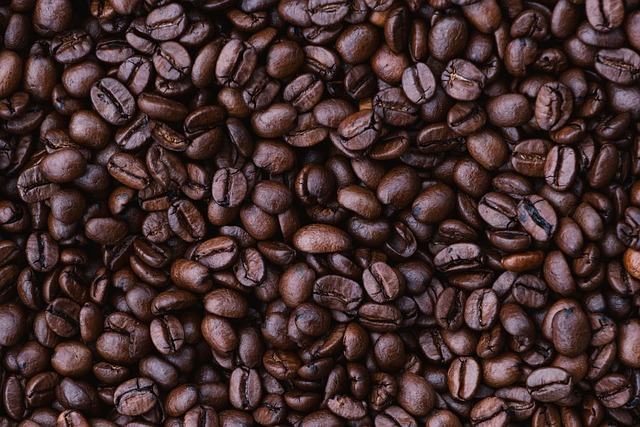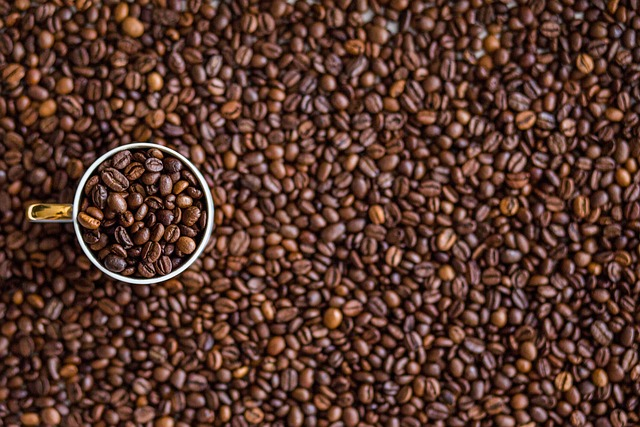
The Scoop On Honduran Coffee
Share
Honduran Coffee Highlights
-
The Honduran coffee industry started in the 18th century when European traders brought some coffee varietals to the area. Coffee trees spread as slavery made coffee farms highly profitable.
-
Honduras started producing some of the best-tasting coffee in the world around the 1960s, after receiving help from the United States.
-
Coffee blends from this country are sweet like milk chocolate but also present interesting and varied notes. Coffee trees here are known for coffees that contain nutty, floral, and bright acidic undertones. Coffee grown in the Santa Barbara region has won the Cup of Excellence competition many times, as this region produces coffees that are pretty much perfect in every regard.
A Brief History Of Honduras Coffee

While Honduras coffee is known as some of the best-tasting coffee in the world today, it wasn't always this way. And, while its history is not as old as Ethiopian coffee, it's still just as fascinating.
European traders are believed to have first introduced coffee beans to this region in the 1700s. The industry became widely profitable with the introduction of slaves to the region. Sadly, they were already employed in the Caribbean to reduce the costs of producing tobacco and sugar.
We know from reports by US authorities that plantation owners could expect to triple their initial investment within 7 years of starting a plantations, and this profitability, along with growing American demand, helped this agricultural industry thrive. It wasn't until the 1960s that the industry really took off when the US formed the International Coffee Agreement to help minor coffee-producing countries. In the 1970s, the Honduran government created the Instituto Hondureño del Cafe, a national institute dedicated to developing Honduran coffee production.
In 1998, the majority of Honduran coffee plants were destroyed by Hurricane Mitch. High volatility in the coffee market then continued to impact the Honduran economy for years. Honduras surpassed Guatemala as the major coffee exporter in the area in 2011!
The Best Honduras Coffee Beans

Honduras produces a wide range of coffee beans renowned for their distinctive flavor. They are mostly of the Arabica variety and a great coffee roaster knows to source them based on their body and nuance. What's Arabica you ask? Arabica coffee beans come from the coffee arabica plant, whose production makes up over half the coffee market. It's grown most frequenrly in high-altitude regions around the equator, known colloquially as the Coffee Belt.
You can see why Honduran coffees are so sought after. The country's geography is perfect for this flowering plants, allowing it to mature and concentrate the flavor that makes it so recognizable. So, which regions of the country produce the best Honduran coffee?
The Copán Region

Located in the western part of Honduras, this region is close to a range of volcanos that enrich the soil of its high-altitude farms. The altitude here ranges from 1200 to 1700 meters above sea level, meaning the coffee grows in a lower-oxygen environment. That, in turn, makes the coffee plant struggle to grow, makes it anchor itself more strongly on the soil, and drives flavor. It also contributes to a slower ripening process for the cherries.
Coffee beans from this area have a slightly lighter body than other Honduran coffee beans. They may sport acid notes also reminiscent of chocolate and caramel.
The Santa Barbara Region
Just east of Copán you'll find a region with a slightly cooler climate and ample rainfall. Small, family-owned farms that have cultivated coffee beans for generations pretty much own the place. They use environmentally friendly methods to produce all-organic coffee.
In fact, the four best coffees in the country come from this region. According to the Alliance for Coffee Excellence, two family farms in this area produced coffee in 2023 that received a score of 91 points out of 100 on the Cup Of Excellence® challenge. In terms of flavor, these Honduran coffee beans are described as having a fruitier taste which might make you think of peach or apricot, and floral undertones. These exotic notes make it a favorite among connoisseurs and coffee enthusiasts.
The Ocotepeque Region
Further to the south, the Ocotepeque region has a microclimate that more closely resembles that of Guatemala. The people here are of Lenca descent, which means they descend from people who coexisted with the Aztecs for many years. Many of their traditions persist to this day, including some that contribute to a thriving coffee industry. Coffee beans from this area grow on the mountainside, sloping down into lush valleys of humid climes. When tasting coffee beans from this area, look out for dark, acidic chocolate notes.
The Advent Of The Honduras Cup Of Excellence

Established in 2004, the Honduran Coffee Cup of Excellence is part of the Cup of Excellence program. This is a worldwide effort that started in 1999 and seeks to identify the best coffee beans in the world through competition. It also allows smallholder farmers to gain recognition, allowing them to demand fair value for their coffee beans.
The selection process begins with Honduran coffee producers submitting what they consider to be their best beans. The beans are then blind-tasted by judges based on strict criteria. The coffee undergoes "cupping sessions" in which judges meticulously evaluate the aroma, flavor, acidity, body, balance, aftertaste, and texture of the cup.
For example, in 2021, winning lots were assigned to the top 30 coffees that scored above 87 after five different cupping sessions. Yes, this process is as strict as it gets, which is why the Cup of Excellence recognized throughout the coffee industry. Since its advent, the Cup of Excellence has had a meaningful impact on Honduran coffees, fostering a culture of excellence, empowerment, and collaboration among producers.

Honduran Coffee Flavor Profiles
Any Honduran coffee you get will reflect its unique terroir: you'll generally find a balanced body with mild acidity and nuanced flavor notes. Depending on the region where the Honduras coffee beans come from, you might taste chocolate, caramel, citrus, floral, nutty, or other undertones of that kind.
Coffee bean from the Honduran area might have you tasting a mix of nuts with grapes or berries such as mango or jasmine. Caramel and lemon are also widely reported and common amongst Guatemalan and Nicaraguan coffee beans as well. In some Honduran coffees, you might taste more complex notes, reminiscent of spices. Coffees from areas such as Santa Barbara can have spicy undertones that collide with their sweetness. You might taste cinnamon, clove, cardamom, or even bourbon.
Curious to try Honduran coffee yourself, and even order it online? Check out our Honduras roast today!
